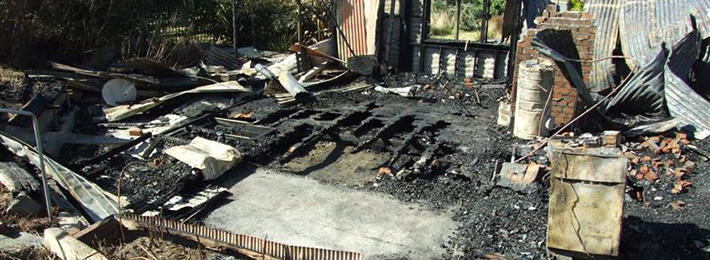Insurance cover exclusions
29 Sep 2016, Featured, Insurance, Prove Your Know How

Deciding what insurance cover exclusions are relevant to include in the Prescribed Disclosure Information before building can be a convoluted task – Builtin offers some advice on how to proceed
According to the amendments to the Building Act introduced in 2015 – which further strengthened its consumer protection measures – builders must include all “relevant exclusions” when summarising their insurance cover in a disclosure statement.
Which ones are relevant and who decides this is not clearly defined. Can a builder be expected to decide this? Are they all relevant? Or is it only the one that results in a claim being declined that’s relevant?
What if you get it wrong? Your safest bet, and one taken by many builders, may be to include a full copy of your insurance policies with every disclosure statement, although that seems to defeat the purpose of introducing a disclosure statement to help consumers make better decisions.
MBIE’s disclosure statement template refers to three insurance policy examples: contract works; public liability and professional indemnity (also called errors and omissions indemnity).
It also talks about the guarantees and warranties that the builder offers.
Aside from product warranties and those guarantees given by subcontractors, many builders offer a ten-year guarantee of their obligations to the customer that is backed by an insurer or other third party.
This article highlights each of these policies, explaining what they cover and outlining some common exclusions and limitations, using Builtin’s policies as an example.
It should be noted that policies vary by insurer, and you should review your own or speak to your insurance adviser if you’re unsure.
|
Type of policy: Public liability |
|
Amount of cover |
|
Relevant exclusions (examples): |
|
Type of policy: Contract works |
|
Amount of cover |
|
Relevant exclusions (examples): |
|
Type of policy: Professional indemnity (errors & omissions indemnity) |
|
Amount of cover |
|
Relevant exclusions (examples): |
|
Nature or type of guarantee: Ten-year Homefirst Builders Guarantee |
|
Period of cover |
|
Limits on cover |
|
Exclusions on cover (examples) |
One example that isn’t listed on MBIE’s disclosure template is the liability cover included with your motor vehicle insurance. This covers damage caused to your customer’s property by the vehicle, such as clipping a fence or reversing into a wall.
There are other policies builders are advised to have that are not relevant to your customers, so don’t need to be disclosed, but are important to managing your own risk. Examples include illness insurance, tools cover and protection from bad debt.
As mentioned at the start of this article, individual policy wordings from different insurers will vary. You should refer to the specific exclusions in your own policy wordings and discuss your situation with an insurance professional if you are unsure.
Builtin Insurance is a specialist in insurance and guarantees for builders and trade professionals. For more information visit www.builtin.co.nz or contact Ben Rickard at ben@builtin.co.nz or 0800 BUILTIN
Register to earn LBP Points Sign in



